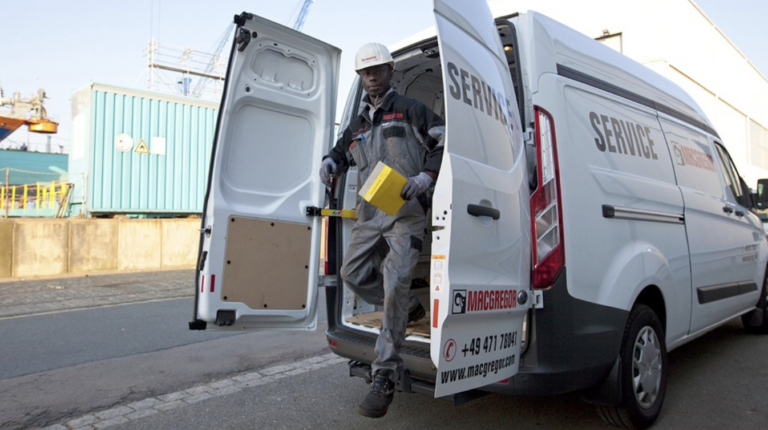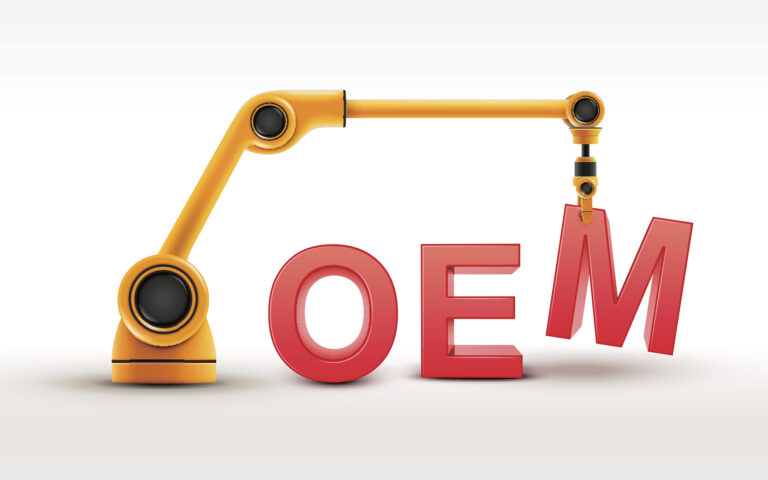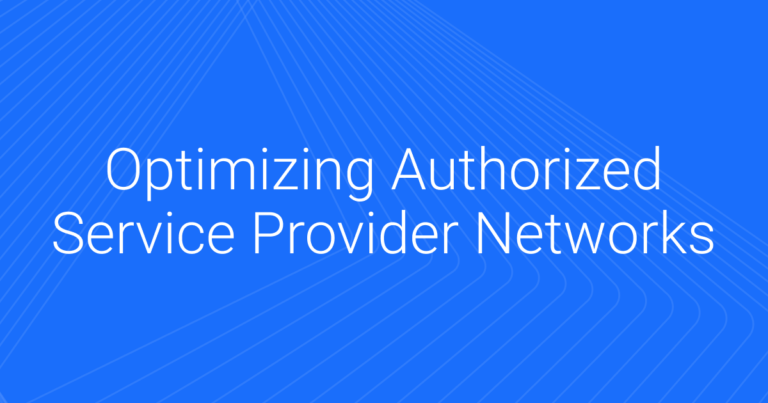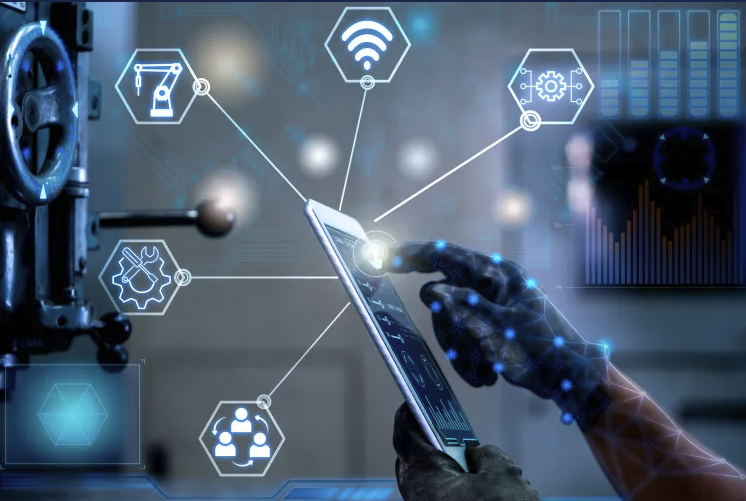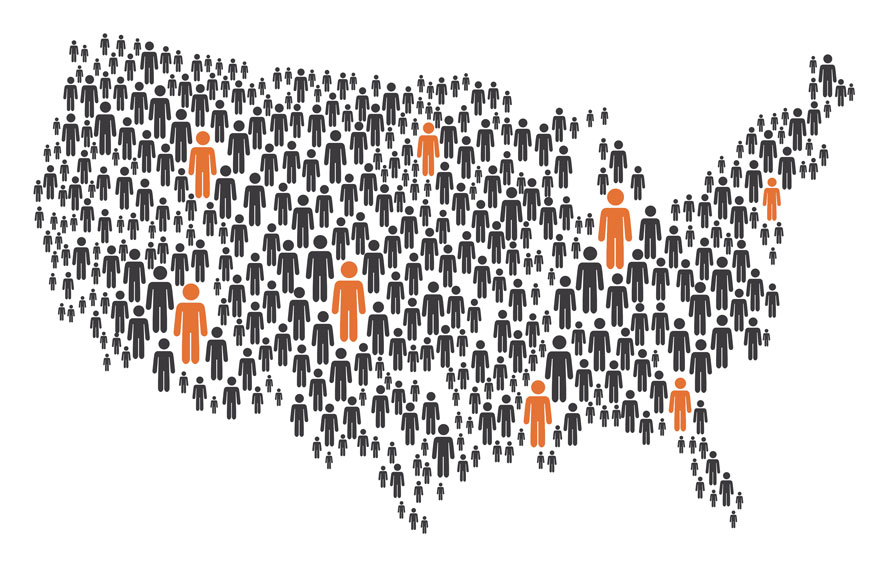Blog
- Select topic
- Accounts Payable
- Accounts Receivable
- Assets
- Automation
- C-Suite (Owner, CFO, COO)
- Client
- Integrations
- Mobile App
- OEM
- Operations
- Subcontractor
- Thought Leadership
- Uncategorized
Visibility After the Sale: The Key to Brand Loyalty for OEMs
- OEM
Original Equipment Manufacturers (OEMs) frequently sell their products through independent dealers—a strategy that expands market reach and leverages local expertise for better customer service. However, this arrangement can create a visibility gap once the product is in a customer’s hands. Because dealers handle much of the service and repairs, the OEM often has limited insight…
Filter our articles
- Select topic
- Accounts Payable
- Accounts Receivable
- Assets
- Automation
- C-Suite (Owner, CFO, COO)
- Client
- Integrations
- Mobile App
- OEM
- Operations
- Subcontractor
- Thought Leadership
- Uncategorized
Visibility After the Sale: The Key to Brand Loyalty for OEMs
- OEM
Original Equipment Manufacturers (OEMs) frequently sell their products through independent dealers—a strategy that expands market reach and leverages local expertise for better customer service. However, this arrangement can create a visibility gap once the product is in a customer’s hands. Because dealers handle much of the service and repairs, the OEM often has limited insight…
5 Common OEM Service Mistakes (And How to Fix Them)
- Assets
- OEM
1. Relying Too Much on Dealers for Service The Mistake Many OEMs assume that dealers will deliver a consistently excellent service experience. But the reality is that once equipment leaves the factory, OEMs lose visibility into the service process. If a dealer fails to provide fast, high-quality support, the customer blames the OEM—not the dealership….
OEMs: Don’t Let One Bad Experience Define Your Reputation.
- OEM
- Thought Leadership
When OEMs allow dealers or distributors to take the lead on service, they risk losing visibility over the most critical brand touchpoint: after-sales care. One poor technician visit can erase years of goodwill and instantly tarnish your brand loyalty. Here’s why owning your service delivery matters more than ever: Bottom Line: You can’t build loyalty…
5 Reasons to Invest in OEM After-Sales for Greater Customer Loyalty
- Assets
OEM after-sales service is more than a support function. It is a strategic investment that drives consistent revenue, strengthens customer relationships, and differentiates your brand from competitors. Many manufacturers fail to recognize its full potential, especially when the market slows. Yet history shows that after-sales services often remain steady even when new product sales decline….
How the VeriFreeze x UtilizeCore Integration Enhances Snow Removal Companies
- Integrations
Winter storms bring unique challenges to snow removal contractors, especially when it comes to managing operations and billing for services. To address these complexities, UtilizeCore has launched an integration with VeriFreeze—a powerful tool designed to simplify and enhance snow removal workflows by providing precise ice formation data. Here’s everything you need to know about how…
How the AccuSalt Integration with UtilizeCore Simplifies Work Order Management for Snow Companies
- Automation
- Operations
Winter operations can be complex, especially when managing snow removal and salting services across multiple client locations. Tracking material usage, maintaining accurate records, and creating work orders efficiently often pose challenges. That’s where the AccuSalt and UtilizeCore integration comes in, offering a seamless solution to simplify these tasks and enhance operational efficiency. The Purpose Behind…
How Technology Transforms Authorized Service Provider Networks for OEMs
- Assets
- Operations
Managing a nationwide network of Authorized Service Providers (ASPs) is no small feat for Original Equipment Manufacturers (OEMs). These networks are the backbone of warranty and repair service delivery, but coordinating operations across diverse geographies, maintaining consistent service standards, and responding quickly to customer needs can feel like juggling too many priorities at once. Each…
The Next Generation of Work Order Management
- Operations
As a national or regional facility service business owner, you’ve likely faced challenges that bog down your operations—managing subcontractors through spreadsheets, tracking service requests across disconnected systems, and struggling with high call volumes from clients requesting status updates. These issues can eat up your team’s time and hurt your ability to deliver the quality service…
What is Service Automation?
- Uncategorized
Embracing Service Automation in Facilities Management The pressure on facilities management (FM) teams to deliver seamless operations across multiple locations has never been higher. Service automation emerges as a transformative solution, offering a blend of technology and strategy to redefine the landscape of FM. By automating tasks, service automation technology facilitates faster, easier, and more…
What is a Facility Management Service Aggregator?
- Automation
- Thought Leadership
A service aggregator partners with various service providers from different trades and service lines to meet the needs of their clients. Unlike self-performing facility management companies that execute the work themselves using their own team members, aggregators outsource the work to a network of specialized partners. For example, while a self-performing company might have electricians,…
The Crucial Interplay Between Snow Processes and Software
- Automation
- Thought Leadership
Snow Removal software solutions are often seen as the silver bullet to solve operational inefficiencies. However, the true catalyst for meaningful change isn’t the software alone; it’s the underlying processes that prepare a business to fully leverage technological tools. This blog explores why building robust operational processes is essential before implementing software, ensuring that technology…
The Complete Guide to Snow Removal Billing Types
- Accounts Payable
- Accounts Receivable
For businesses in regions prone to heavy snowfall, managing snow removal effectively is not just about keeping operations running smoothly; it’s also about ensuring financial clarity and efficiency. Understanding the various billing types for snow removal and leveraging the right software can make a significant difference. This complete guide will help you navigate the complexities…
Affiliates






Affiliates







